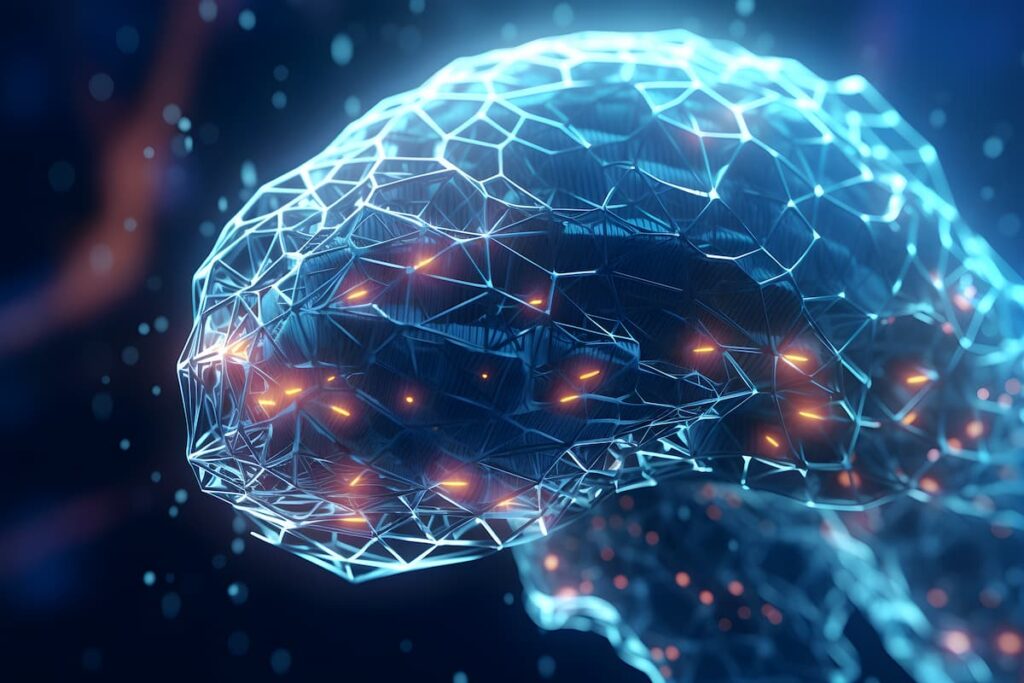
Memory reconsolidation is a pivotal concept in both psychotherapy and neuroscience that refers to the brain’s ability to update and modify existing memories. This process has significant implications for understanding how therapeutic change occurs at a neural level and provides a framework for transforming maladaptive emotional responses and beliefs.
The Neuroscience of Memory Reconsolidation
In neuroscience, memory reconsolidation is the process by which a previously consolidated memory is reactivated and then stored again in its updated form. When a memory is recalled, it becomes labile, meaning it can be modified before being reconsolidated into long-term storage. This process involves the reactivation of the neural circuits associated with the memory, making it susceptible to change.
The discovery of memory reconsolidation challenged the long-held belief that once a memory is consolidated, it becomes permanent and unchangeable. Research has shown that when a memory is destabilized through reactivation, it opens a window of time during which it can be altered by new information or experiences. This window typically lasts for a few hours, after which the memory is reconsolidated in a potentially altered form.
Mechanisms of Memory Reconsolidation
The mechanisms underlying memory reconsolidation involve complex interactions between neurotransmitter systems, particularly the NMDA receptor pathways and protein synthesis. When a memory is reactivated, these pathways allow for the incorporation of new information, leading to structural and functional changes in the synapses associated with the memory trace.
Experimental studies have demonstrated that by presenting new, contradictory information during the reconsolidation window, the original memory can be modified or even erased. This has profound implications for therapeutic practices, where the goal is often to alter maladaptive emotional memories and beliefs that contribute to psychological distress.
Memory Reconsolidation in Psychotherapy
In the context of psychotherapy, memory reconsolidation provides a scientific basis for therapeutic techniques aimed at changing problematic memories and emotional responses. It explains how deeply ingrained patterns of thought and behavior can be transformed through targeted interventions.
Therapeutic Applications
- Exposure Therapy: In exposure therapy, clients are gradually exposed to feared stimuli in a safe environment, allowing them to confront and reprocess the traumatic memories associated with those stimuli. During the reconsolidation window, the introduction of new, non-threatening experiences can alter the emotional impact of the original memory, reducing fear and anxiety responses.
- Cognitive Restructuring: Techniques like cognitive restructuring, used in cognitive-behavioral therapy (CBT), involve identifying and challenging negative thought patterns. By reactivating the memory networks associated with these thoughts and introducing new, adaptive beliefs, therapists can facilitate memory reconsolidation and promote lasting change.
- Coherence Therapy: Coherence Therapy explicitly leverages memory reconsolidation by helping clients access and update the emotional schemas that underpin their symptoms. Through experiential techniques, clients re-experience and transform the emotional truths associated with their memories, allowing for deep and enduring therapeutic change.
Implications for Therapeutic Change
Memory reconsolidation highlights the brain’s capacity for neuroplasticity and adaptation, emphasizing that change is possible even for long-standing patterns of thought and behavior. By harnessing this natural process, therapists can work with clients to address the root causes of psychological distress and facilitate transformative healing.
This understanding underscores the importance of experiential and emotionally focused therapies that engage the brain’s natural mechanisms for change. It encourages therapists to create environments that allow clients to re-experience and re-evaluate their memories in a way that fosters growth and healing.
Conclusion
Memory reconsolidation represents a groundbreaking advance in our understanding of how the brain processes and updates memories. Its integration into psychotherapy offers a powerful framework for achieving profound and lasting therapeutic change, enabling clients to move beyond entrenched patterns of distress and towards greater well-being and fulfillment. This synergy between neuroscience and psychotherapy not only enhances our theoretical understanding but also enriches the practical applications of therapeutic interventions.


